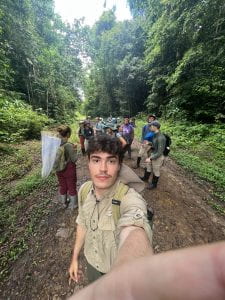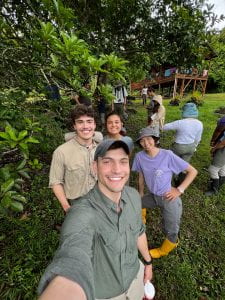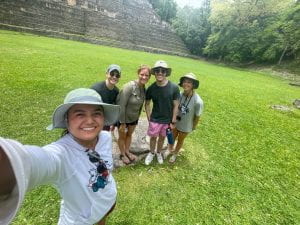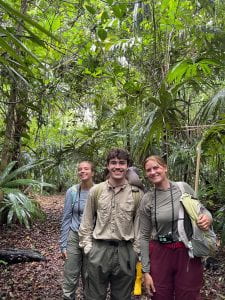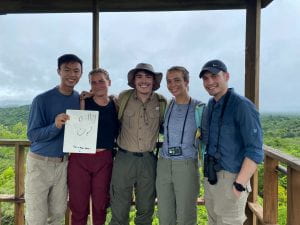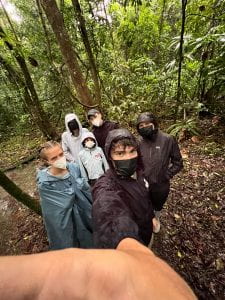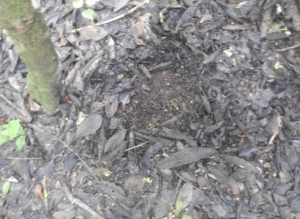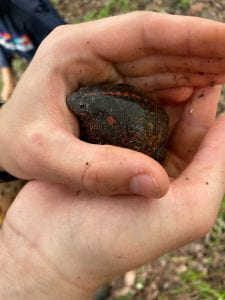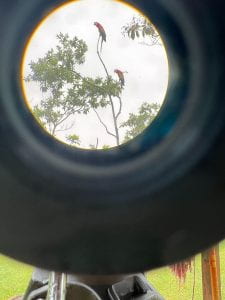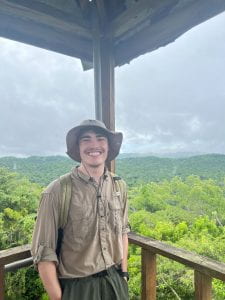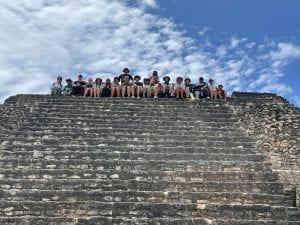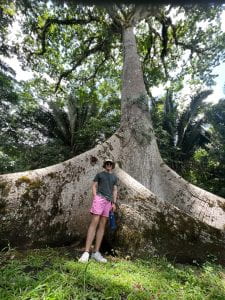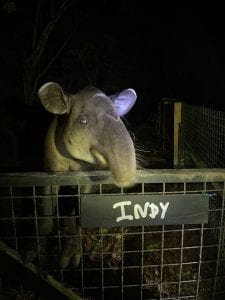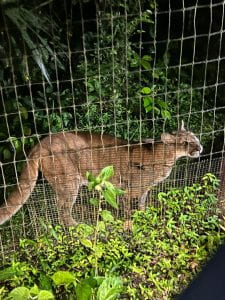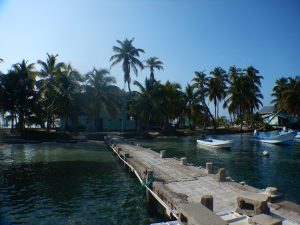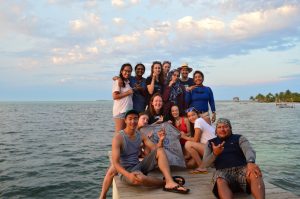Hi everyone – my name is Sohee Kim and I’m a Biosciences major with an Ecology & Evolutionary Biology concentration! It is currently 2 days before the trip and I am beyond excited. Tomorrow, I’ll be heading to Houston since we need to be in ABL by 6 AM on Friday. This will be my first time traveling to Central America and the tropics, so I am super excited to explore a region I’ve never visited before.
Over the past few weeks, I’ve been busy preparing by researching my taxa (Surgeonfishes and Rainforest Mammals) as well as preparing for my presentation topic, which focuses on Visual and Auditory Communication in Rainforest Animals. I’ve read numerous scientific articles and am looking forward to seeing some of these organisms in real life.
I expect that I’ll be able to encounter some of the mammal species at our night tour at the Belize Zoo, which I’m especially excited about as a pre-vet student! There were so so many cool mammal species that I wanted to put on the ID sheet, but I had to cut out so many of them. 🙁 I also expect to gain extensive insight into what it is like to be a tropical field biologist, which may help me further shape my career plans—whether I want to focus solely on clinical veterinary medicine or combine it with research. I have gained ecological research (about phytoplanktons!) experience in a lab setting, but I am super thrilled to experience what it’s like to conduct fieldwork in a completely different setting.

I’ve also read a couple of student blogs from past years, and apparently the howls of the Mexican Black Howler Monkeys were heard, so hopefully we will have a chance to hear (or see!) them too! I also really want to see one of the cat species out in the wild, but I know that is pretty unlikely.. But miracles can happen — so …maybe! I will update on if my wish was fulfilled in my ending blog entry!
Also, I’ve developed a foundational knowledge based on our required readings and additional scientific articles I have read for my presentations, and I’m excited to build on that foundation by visiting the actual historical sites and ecosystems we’ve been reading about. Throughout this trip, I hope to strengthen my observational skills and gain extensive hands-on experience in species identification, fieldwork, and collaboration with classmates in completely new ecosystems!
I’m a little nervous about the inevitable, countless mosquito and bug bites to be obtained throughout the trip, but hopefully my hydrocortisone cream can help with that.. I don’t really have experience with fieldwork other than BIOS 213 (Intro Lab to Ecology/Evolutionary Biology), so I’m really excited for these next two weeks to gain some insight to what it’s like to be a tropical field biologist!

Next blog post, I will actually be in Belize, which is un-belizeable!
Well then, I will see you all in Belize!! 😉
With love,
Sohee

